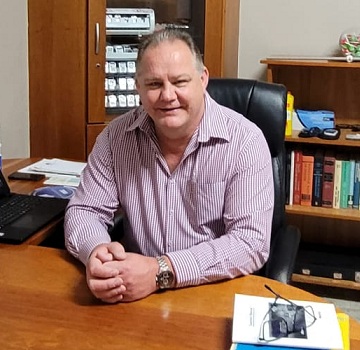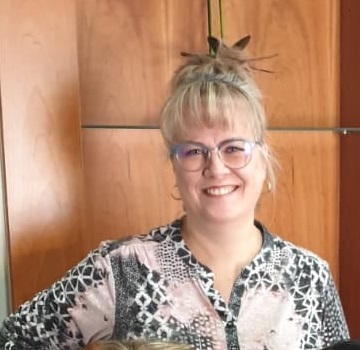With the help of our friendly, well trained staff and Optometrist, Jan de Winnaar, we bring a new level of clinical care and customer service to our patients. To book an appointment for your next eye examination, please give us a call.

Eye Exams in Worcester
The recommended time frame is every 2 years for a routine examination, but can be more frequent in the case of severe problems. Young children should be thoroughly examined on an annual basis to ensure that the visual system develops to its full potential. Patients very seldom experience pain or symptoms in eye disease even in advanced cases. Even if pain or discomfort is encountered, patients tend to wait too long before seeking help. Family history and genetics plays a very important role in eye related problems and should an appointment be scheduled regularly to exclude possible problematic areas especially when a positive family history is present.
The comprehensive examination will take approximately 45 minutes.
In addition to performing the necessary measurements for glasses, an eye examination should also include a comprehensive eye health check. It should include testing for glaucoma, checking for cataracts, and other problems associated with the forward portion of the eye, and dilating the pupil to evaluate the retina and other structures of the eyes.
Refractive Status
The term refractive status is classified in the following categories: Myopia (shortsighted), Hyperopia (farsighted),
Astigmatism (uneven curved cornea and/or intra ocular lens), Presbyopia (short arm problem over 40’s), and Amblyopia (lazy eye).
Objective measurements are mainly sued for young children or patients with limitations such as speech difficulty or mental incapacity.
In a subjective refraction, a phoropter is placed in front of the face and a screen with letters/numbers/symbols/shapes are shown on a wall chart.
The best corrected visual acuity is obtained and the lens prescription documented to obtain this vision.
Objective measurements can include: Cycloplegic Refraction, Dynamic and Static Retinoscopy, and Auto Refractometer.
The optometrist will discuss the best option for refraction with you and if a Cycloplegic Refraction is indicated, you will be instructed
to wear sunglasses as your pupils will be dilated and must not drive a vehicle for the next 12 hours.
Slitlamp Examination
The slitlamp is a microscope that is used to examine the external structures of the eye. With the use of a VOLK lens, the retina and internal structures can be viewed. A fundus camera takes images of the retina that can be used for future reference to monitor the progression of intra-ocular disease. As park of the examination, a yellow dye called Fluorescein is used that will show if there is any abnormalities present of the outer cell layers as a result of trauma, injury, or disease. Glaucoma testing is done routinely for all adult patients and when there is possible cause for concern, it will be done for children as well. This test is done under local anaesthetic (drops) with an aplanation tonometer. This procedure is painless and the patient can drive after the examination.
Schedule an eye exam today
Going to the optometrist should be a regular, enjoyable event, even if you think your vision is good.

Jan de Winnaar
Optometrist

Schedule Appointment
Call Melanie on (023) 347 1035